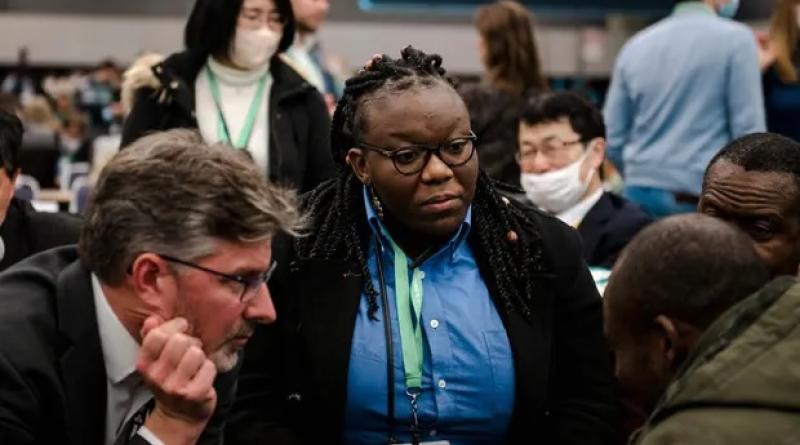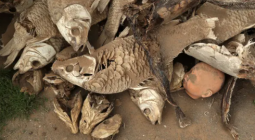Cop15: key points of the nature deal at a glance

Main points of the historic agreement signed in Montreal to halt the destruction of Earth’s ecosystems
The Kunming-Montreal pact is a series of agreements that range from scientific cooperation to human-wildlife conflict. Here are the main points at a glance in the once-in-a-decade deal to halt the destruction of Earth’s ecosystems.
Agreement to conserve 30% of Earth by the end of the decade
Inspired by the Harvard biologist EO Wilson’s vision of protecting half the planet for the long-term survival of humanity, the most high-profile target at Cop15 has inspired and divided in equal measure. The final wording commits governments to conserving nearly a third of Earth for nature by 2030 while respecting indigenous and traditional territories in the expansion of new protected areas. The language emphasises the importance of effective conservation management to ensure wetlands, rainforests, grasslands and coral reefs are properly protected, not just on paper.
Indigenous rights at the heart of conservation
Indigenous peoples are mentioned 18 times in this decade’s targets to halt and reverse biodiversity, something to which activists are pointing as a historic victory. Several scientific studies have shown that Indigenous peoples are the best stewards of nature, representing 5% of humanity but protecting 80% of Earth’s biodiversity. From Brazil to the Philippines, Indigenous peoples are subjected to human rights abuses, violence and land grabs. The language in the text is clear: Indigenous-led conservation models must become the norm this decade if we are to take real action on biodiversity.
Reform of environmentally harmful subsidies
Definitely in the category of boring-but-important, the world spends at least $1.8tn (£1.3tn) every year on government subsidies driving the annihilation of wildlife and a rise in global heating, according to a study earlier this year. The lack of reform on environmentally harmful subsidies was a major failure of last decade’s biodiversity targets, and governments have now agreed on the importance of making a change.
Nature disclosures for businesses
Although the language was watered down in the final text, target 15 of the deal requires governments to ensure that large and transnational companies disclose “their risks, dependencies and impacts on biodiversity”. If implemented, this could be the start of a significant change in business practices. About half of global GDP is dependent on the healthy functioning of the natural world, according to the UN, and biodiversity loss is rapidly shooting up the agenda of corporate risks. Several countries are already developing rules for sustainable sourcing, on products from palm oil to rubber, which look set to spread after the Kunming-Montreal pact.
A way forward on digital biopiracy
Ahead of Cop15, digital sequence information (DSI) was the controversial hot potato – and something few really understood. DSI refers to digitised genetic information that we get from nature, which is used frequently to produce new drugs, vaccines and food products. These digital forms of biodiversity come from rainforests, peatlands, coral reefs and other rich ecosystems, but they are hard to trace back to their origin country, with many in the developing world now expecting payment for the use of their resources. In Montreal, an agreement was struck to develop a funding mechanism on DSI in the coming years, which has been hailed as a historic victory for African states who called for its creation before the summit.
A link to all of the documents agreed at Cop15 can be found here.
cover photo: Delegates confer before the clos






